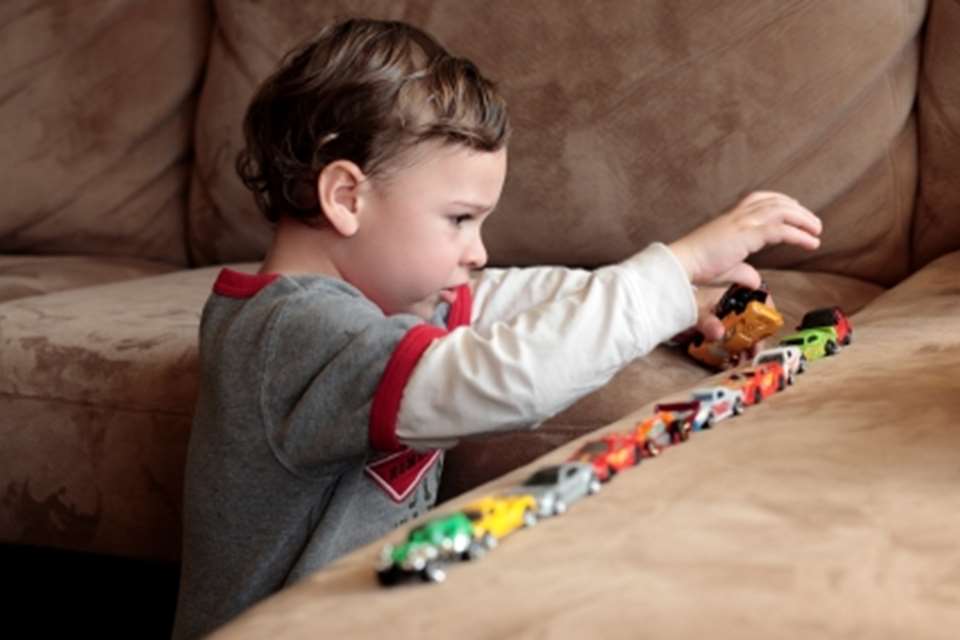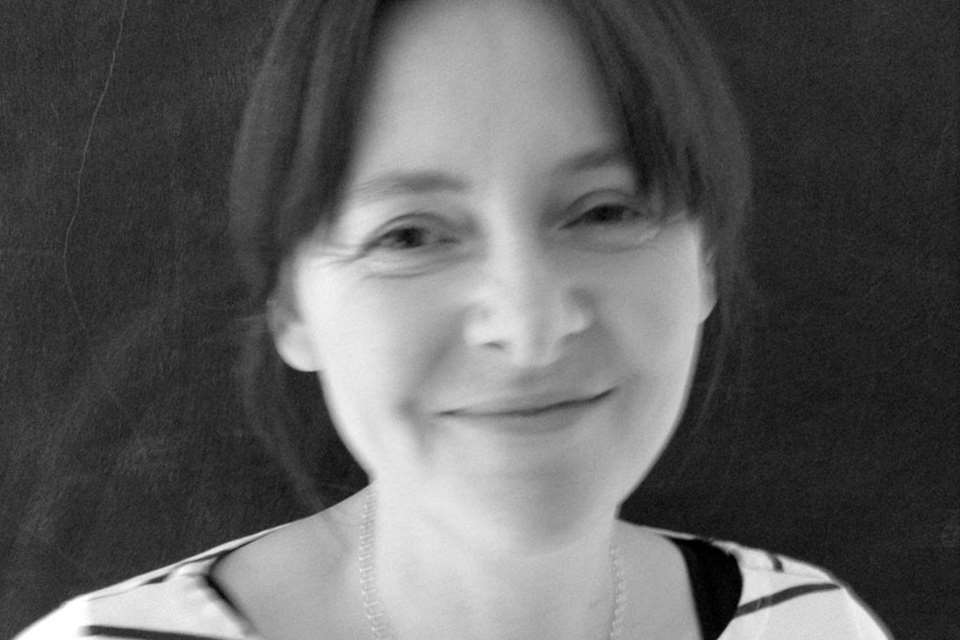Nursery Equipment: Autism - Follow their interests
Karen Faux
Monday, May 15, 2017
There are many ways that settings can make autistic children feel comfortable and encourage their engagement, such as understanding the individual child and what interests them, finds Karen Faux
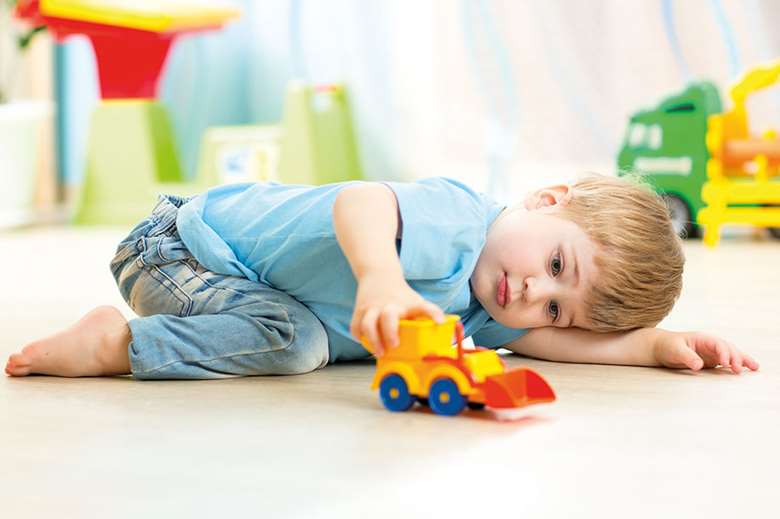
According to research from the National Autistic Society (NAS), there are around 700,000 people diagnosed with autism in the UK, and many more who have not received a diagnosis. Welcoming a child with autism to the nursery is no longer an uncommon occurrence, and the early years sector can expect to see more autistic children when the 30-hour offer rolls out.
Accessing the right support at the right time is vital for these children and gives early years provision a key role. In line with this, the NAS is pleased to report that demand for its autism training, from both professionals and parents, is steadily increasing.
Carol Povey, director of the NAS Centre for Autism, believes this will have a positive impact at a crucial time in a child’s life. ‘Practitioners are the ones who are perfectly placed to observe children’s behaviour in group situations and understand what is going on when a child may not be engaging with others, or the environment, in a way that might be expected,’ she says. ‘They can be key to helping to get a diagnosis and to supporting children effectively.’
The NAS says it is working hard to ensure nurseries have access to all the information they need to provide best practice. ‘The approach to inclusive practice for autism in early years settings is not as standardised as it generally is in schools, due to the variety of provision, and it usually depends on the owner or manager to ensure staff are trained to understand how to support children,’ says Ms Povey.
UNDERSTANDING A CHILD’S INTERESTS
The busy environment of a typical nursery, which has lots of stimulus, can be problematic for a child with autism. Quiet, calm spaces, where they can remove themselves from the hustle and bustle, are often needed to relieve the anxiety of being in a group.
Ms Povey says, ‘Free play does not generally work well, as a child with autism has difficulty structuring their own time. They may also be struggling with sensory issues, such as being hypersensitive to touch or colour. Nurseries have to think carefully about how the child with autism can participate in a typical nursery day and still have their individual needs met.’
Visual signposting can help to make children feel comfortable. The Autism Education Trust (AET) recommends creating visual timetables using symbols or photographs which the child can identify with. This could be items such as the plate they use at lunch, and other personal belongings.
Best use of resources comes down to skilled staff observations, which recognise the child’s interests and understand how these can be used to gain and sustain their attention. If they have a passion for a particular character or resource, the advice is to create a bold, visual display, and link it to other activities such as counting or reading.
Children with autism will often focus on the non-social, sensory, physical or material things, rather than other children or adults, which means that practitioners will have to develop strategies to guide play with others. Construction toys, such as Lego and Duplo, are particularly useful for encouraging collaborative play.
AET director Bob Lowndes recommends that practitioners use the Early Years Autism Competency Framework, published by the DfE, which provides guidance and self-evaluation for practitioners working with autistic children under five. He reports that more than 3,700 early years staff were trained to use the framework between April 2016 and January 2017.
According to Mr Lowndes, creating an inclusive environment does not have to be expensive, and is more a case of recognising what works and what doesn’t for individual children. ‘The most important thing by far is the understanding and attitude of staff,’ he says. ‘My advice is to take the AET training, and listen and work closely with the child’s parents.’

CASE STUDY: TANYA SAWYER, SENCO, LEYF EASTBURY CHILDREN’S CENTRE NURSERY, BARKING
‘We currently have eight children funded for special educational needs in our nursery including a little boy with autism. These children use a visual schedule, to move around the nursery, where we give them a card with their photo attached to it with Velcro and add a photograph of the activity they are moving onto as a prompt. When they get to that area, they re-attach their photo to a board.
‘We have a quiet room where children have a work station and communication table. Activities at the work station involve sorting and posting shapes through holes, to reinforce starting and finishing a task. At the communication table, which is covered with a cloth and a range of resources such as building bricks or toy cars, the practitioner will sit opposite the child at their level and encourage conversation. As they develop confidence, a peer may be introduced to practise turn-taking and sharing.
‘Puzzles are a great resource and we begin with wooden “inset” puzzles, with grippers, and progress to more sophisticated puzzles. Toys with parts that move or spin are always popular. The resources in our quiet area are selected to meet the particular interests of the children using them, and are not used by the other children in the nursery. What we provide for them is very much down to staff observing individual children, and understanding what they are interested in.
‘The whole team has a shared approach and understanding. When a little boy with autism recently exhibited high distress when he moved into our pre-school room, everyone worked together, using Makaton signing to help him understand certain behaviours, such as waiting for his turn. A sustained approach, and working closely with the parents, has helped the little boy to progress well.’
TIPS FOR ORGANISING THE ENVIRONMENT
- Cut down on clutter. There should be clear spaces indoors and out, and areas should be clearly sectioned. For example, the space where children eat should be clearly separate from where they play.
- Create accessible ‘quiet spaces’, or one dedicated quiet area.
- Make sure there is clear visual signing throughout the setting.
- Staff will need to use individualised visual supports – such as pictures, photos and objects, or Makaton signing – to ensure children understand the sequence of the day, and make it predictable.
- Prioritise resources that can be used flexibly, or adjusted, for autism.
- The more familiar a child becomes with a range of toys, the more they are likely to use them, so keep a special selection stored for them.
RECOMMENDED RESOURCES
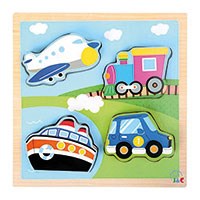 Shape and colour matching, and tactile sorting toys (try Sorting Stones, £20, www.yellow-door.net/products/sorting-stones).
Shape and colour matching, and tactile sorting toys (try Sorting Stones, £20, www.yellow-door.net/products/sorting-stones).
Inset puzzles (see Legler’s range, including Traffic Wooden Puzzles, £7.99, www.legler-online.com, pictured below left).
Jigsaws (TTS has a wide range including Wooden Giant Alphabet Puzzle, £15.99, and the Big Transport Illustrated Jigsaw Puzzle Offer, £9.99, www.tts-group.co.uk).
Jack-in-the-box (See The Very Hungry Caterpillar Jack-in-the-Box by Rainbow Designs, £19.99, www.rainbowdesigns.co.uk).
Lego.
DVDs featuring Thomas the Tank Engine, Pingu and Disney characters (Thomas & Friends – The Complete Series 1DVD, £5.26, is available on Amazon).
Physical activity toys such as swings, slides, trampolines, rocking horses, ride-on toys, climbing frames and footballs.
Games to play with others such as Picture Lotto, Snap, Connect 4, Snakes and Ladders, Ludo, Chess (try Usborne Shapes Snap, £5.99, from Usborne Books At Home, www.usbornebooksathome.co.uk).
Computer software featuring popular characters such as Thomas the Tank Engine, Pingu and Disney characters, including software to develop vocabulary and factual knowledge (Thomas Saves the Day and Building a New Line, double Pack (PC) by Focus Multimedia, £7.37, available from Amazon).
Books
Board books (Little Tiger Press has a great range including latest release One Happy Tiger by Catherine Rayner, £7.99, www.littletigerpress.com).
Word books (First Thousand Words in English by Heather Amery and Stephen Cartwright,£5.99, www.usborne.com).
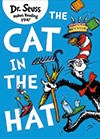 Titles by Dr Seuss (The Cat in the Hat, £3.99, HarperCollins, https://www.harpercollins.com/childrens).
Titles by Dr Seuss (The Cat in the Hat, £3.99, HarperCollins, https://www.harpercollins.com/childrens).
Non-fiction guides and fact-filled books (Dorling Kindersley’s range includes new titles Forest Life and Sharks, £7.99, www.dk.co.uk).
Puzzle books (Usborne has a wide selection, including Over 80 Number Puzzles, £5.99).
Specialist books (Jessica Kingsley Publishers has a wide selection, including The Disappointment Dragon: Learning to cope with disappointment and The Red Beast: Controlling anger in childrenwith Asperger’s Syndrome, both by K I Al-Ghani, £12.99, www.jkp.com).
MORE INFORMATION
National Autistic Society, www.autism.org.uk
Autism Education Trust’s Early Years Autism Competency Framework, www.aettraininghubs.org.uk/wp-content/uploads/2014/09/AET-early-years-autism-competency-framework_final.pdf
Attention Autism Training,http://ginadavies.co.uk/professional-services
Let’s Talk Makaton, https://www.makaton.org/aboutMakaton


